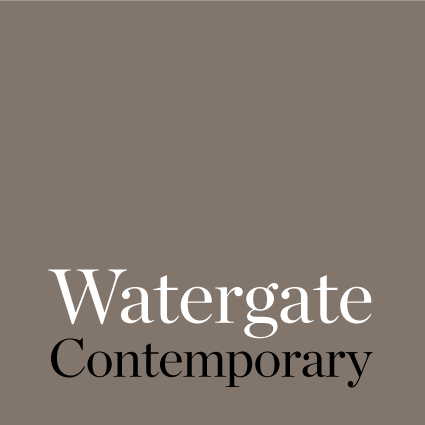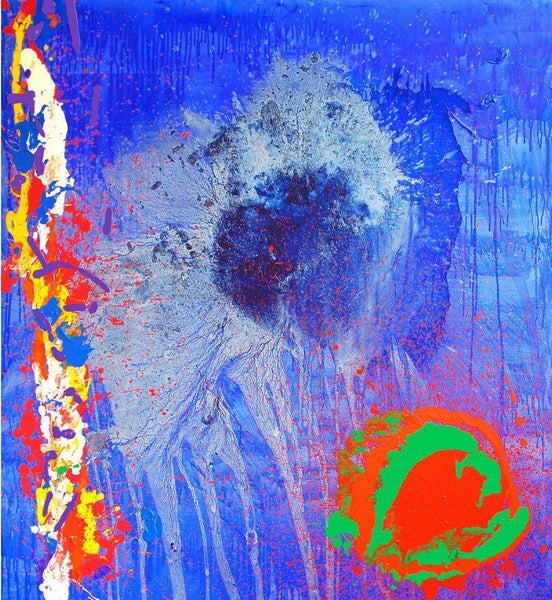John Hoyland (RA)
Born in 1934 in Sheffield, the late John Hoyland studied at the Sheffield School of Art (1951-56) and then the Royal Academy (1956-60), he went on to teach at the Slade and Royal Academy art Schools. Hoyland's artistic development in the 1960s ran parallel with the Abstract Expressionists in America. Hoyland was interested in their work and ethos and moved to New York in 1964. In London he had had a series of one man shows in a variety of well known galleries including the Whitechapel and Waddington.
Hoyland's silkscreen prints like his canvases are rich in colour and bold in composition. Though they may appear spontaneous, much preparation and thought is given to the balance of colour and form. For every colour in the print a separate stencil is created through which paint is pushed; gradually building up layers to complete the image- necessitating a great deal of forethought. The compositions generally focus on a central cell-like element; this gives the work a definitive structure and focus as well suggesting a biological/natural/stellar form.
Hoyland’s first solo show took place at the Marlborough New London Gallery in 1964. This was followed by a series of national and international solo exhibitions, including the Whitechapel Gallery, London. He showcased his work at the Waddington Galleries throughout the 1970s and 1980s; and a retrospective of his work was held at the Serpentine Gallery in 1979 and again in 1999 in the Sackler Galleries.
Hoyland has received many awards throughout his career, including the Calouste Gulbenkian Foundation Purchase Award; a Peter Stuyvesant travel bursary; he was a Prize Winner at the John Moore’s Liverpool Exhibition in 1964 and won First Prize in 1982; he received an Arts Council purchase award; joint first prize with William Scott in the Korn Ferry International and first prize of the Athena Art Award in 1987. In 1998 he won the Wollaston Award for the most distinguished work in the Royal Academy Summer Exhibition.
Hoyland's contributions to British contemporary art have been revolutionary and have had great influence on younger generations artists such as Damien Hirst.



